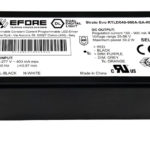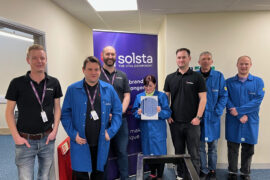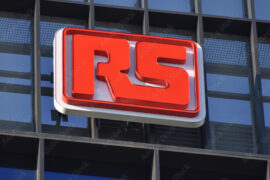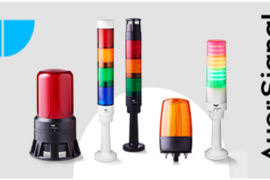Three and a half years go Lindsley Ruth was headhunted from Future Electronics and appointed Chief Executive Officer at Electrocomponents. His task – turn the floundering RS Components business around and build a platform for success. So far, so good. Revenues are up, profits are up, the share price is up and there is a spring in the RS Components step.
Now comes stage two of the recovery. To get the company where it is today, Ruth played to RS Components’ strengths in the MRO (Maintenance, Repair and Operations) sector and the newly rebranded RS Pro, the company’s own label product range.
The electronics business, especially semiconductors, was left on the peripheries, and now it is the task of Kurt Colehower (pictured), the newly-anointed President of Global Supply to reignite the company’s relationships with semiconductor suppliers.
As befits a former line-backer for the Stanford University football team (American football obviously) Colehower is up for the battle, and he is now forming initiatives to help RS Components reignite its relationships with the semiconductor supplier community.
First he did his research – lots of conversations to discover the needs of semiconductor suppliers from the high service channel and specifically what they wanted RS Components to deliver.
“The response was to deliver the basics, the right mix of products, have availability of the products and deliver on time,” Colehower explains.
Meeting these basic demands opens the path to the engagement with design engineers that suppliers crave.
Enter the 700,000 strong RS Components DesignSpark engineering community. Colehower’s ambition is to supply an eco-system of resources which work for both the design engineers and suppliers.
This covers design tools and software libraries that can help and hasten engineers towards their end product design. Information from suppliers will guide them to the latest products, and they can discuss suitability of these products and technology issues with their peers.
Most powerfully RS can gather this information and produce analytics which will generate insight and designs and demands which will benefit engineers and suppliers going forward.
“Half of that 700,000 are professional electronics design engineers, the audience suppliers want to reach and a source of potential opportunities for us to deliver our suppliers messages in a diversity of routes including white papers, development kits, we will be a marketing machine for the suppliers,” says Colehower. “And this strategy will be implemented on a global basis.”
“We can track our customers’ journeys, who is buying what, why they buy it, and why they didn’t buy it. Comprehensive analytics can be harvested and used to inform both ourselves, our suppliers and our customers to enhance their specific requirements,” adds Colehower.
Where Colehower feels RS will have an edge on its competitors is the rich diversity of its engineering database. As the trend towards mechatronics continues RS will be able to deliver semiconductor suppliers with a potent mix of expertise looking to combine the mechanical and electronics into systems.
“Electronics, computing, mechanical and control systems are converging and, as such, so are the engineering disciplines along with the skills of the engineering workforce,” argues Colehower. “The convergence within design, manufacturing and MRO at a customer level affects the products that are specified in a single order. This provides a wealth of opportunity for RS, which offers over 500,000 industrial and electronics products and an expanding range of value-added services. Currently RS serves a diverse number of businesses that require both industrial and electronics components and want to procure them and utilise the supporting services from one source.”











Comments are closed.